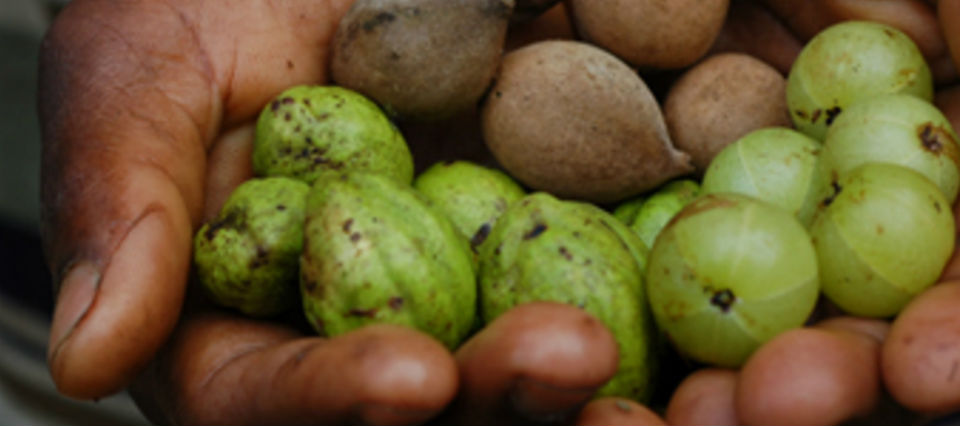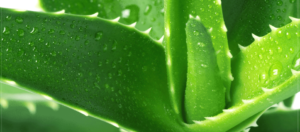Ayurveda stands on the maintenance of two systems:
- Jatharagni (Internal digestive fire) – helps in the proper digestion and assimilation of ingested food, proper functioning of other types of Pitta-metabolic factors.
- Kostha (excretory system) – helps in the proper excretion of waste products.
Proper functioning of these two systems helps in maintaining the health, longevity and disease-free life.
Ancient Ayurvedic scholars explained many combinations of drugs, which act on both Jatharagni and Kostha. Among them one of the most popular formulation is Triphala (from Sanskrit – “three fruits”) It contains powder of pericarp of three myrobalans in equal proportion – Haritaki, Vibhitaki and Amalaki. The recipe for this drug is found in such classic ancient Indian texts as Charaka Samhitha and Susrutha Samhitha.
It has been described as an important Tridoshic rasayana, a therapeutic drug and an excellent purgative.
Triphala balances all three doshas: Haritaki- on Vata, Amalaki-on Pitta and Vibhitaki- on Kapha.
Haritaki
Charaka Samhita text says that Haritaki is as nourishing and useful for everyone as mother’s milk. It’s a rasayana for the eyes and can be used to prevent the eye diseases. It helps in improvising the agni, and thus enhances the absorption of nutrients from the digestive system. This information is supported by various modern studies.
Haritaki cleanses the macro and micro circulatory channels («shrotovishodhini») It is called as sarvah dosha prasamani (pacifies all-doshas), supports the body’s immune system and has an anti-aging value.
Vibhitaki
Vibhitaki the best homeostatic, meaning that it helps to regulate the internal environment (especially the circulation of pure blood in the body). Acharaya Charaka calls Vibhitaki netre hitam, meaning it is beneficial for the eyes and it cleanses the Rasa (plasma), Rakta (blood), Mamsa (muscular tissue) and Medo dhatus (adipose tissue) when they act as dushyas (vitiated tissues) in the pathophysiology of a disease formation.
Amalaki
Amalaki helps in purifying toxins from the body, by enhancing food absorption. It is called chakshusya – “a rasayana for strengthening the eyes. This is because Amalaki enhances both Ranjaka Pitta (one type of Pitta that governs liver function and the blood formation) and Alochaka Pitta (another type of pitta that governs the eyes/ vision phenomenon). Because of its high content of Vitamin C, Amalaki is a powerful antioxidant, excellent in removing excess free radicals, which are at the basis of much degenerative disease and aging. All these qualities make Amalaki a powerful immunity-enhancer.
Haritaki:Vibhitaki:Amalaki is usually used in 1:1:1 ratio, but according to body constitutions the ratio can vary:
- For a Vata dominant person, the ratio would be 3:1:2
- For a Pitta dominant person, the ratio would be 2:1:3
- For a Kapha dominant person, the ratio would be 2:3:1
Depends on type of disorder Triphala could be taken with different components:
- For Vata disorders: with warm water in the morning and normal water at night.
- For Pitta disorders: with cold water or ghee
- For Kapha disorders: with warm water or honey
- Weight Loss: warm water
- Cough: honey
- Eyes problems: honey
- Common Cold: honey and Trikatu powder
- Hair fall: honey
- General tonic or as a rasayana: with milk
Dr. Hridya S.
Diabetic Educator, Lifespan Diabetic and Cardiometabolic Clinic, Bengaluru, India





